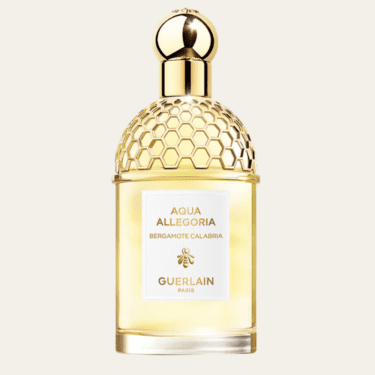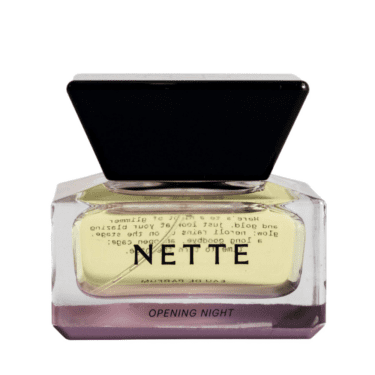We may earn commission from links on this page. Each product featured has been vetted and chosen by our editors.
We’re in our fragrance era. Among the gorgeous scents we’re accessorizing with, we’ve noticed a regular in attendance. A frequent fragrance flyer, if you will. Bergamot is a signature scent note that’s all over the perfume world. A gold star student who loves to introduce themselves first, this is a common top note. Bergamot is often one of the introductory scents perfumers use to set the mood and introduce a burst of freshness. And that’s all well and good. But as common as this scent is in fragrance, you’re not likely to run into the fruit in your day-to-day life. You’re more likely to spot a tea made with bergamot than you are to find the produce in your local grocery store. So, for those of us who are fragrance enthusiasts but have never even seen the fruit in real life, what does bergamot smell like?
What is bergamot?

A fairly small fruit, bergamot comes from a spiny tree originally from the tropical climates of South East Asia. The fruit ranges in color from bright green to yellow and orange. Thought to be a cross between a citron lemon and an orange, this fruit gained huge popularity throughout the Mediterranean around the time global trade opened up. Its essential oils were used medicinally and thought to reduce stress and anxiety. And the leaves, rind and oils were also combined to create the distinctive Earl Grey tea.
Mentioned as far back as 1708, bergamot was so beloved in the region that Italy‘s boot became its new home. Italian perfumers began using bergamot as early as 1714. And now more than 80 percent of commercially available bergamot is sourced from Calabria in Southern Italy.
Why is bergamot a fragrance favorite?
A breath of fresh citrus or a delicately balanced floral, how bergamot contributes to a fragrance has a lot to do with when it was harvested. Used as a top note, this scent is part of the citrus or fresh fragrance families.
Bluemercury’s Fragrance Expert & Consultant Roger Schmid explains that fragrance families are categories that sort various scent notes. “Scents are often divided into ‘families’ or groups to facilitate the conversation, and these are further broken down. Fruits, for example, include citrus like lemon, bergamot or grapefruit, red fruits like raspberry or cherry and orchard-inspired like peach or apple.”
Aromatic and long-lasting, this note can bring zest to a modern floral, breathe fresh air into an amber or musk and provide brightness to wood scents. This note plays well with others, and its compatibility makes it an incredibly common inclusion in most fragrance families. It’s also a truly unisex fragrance note, used equally in masculine and feminine scents.
Bergamot Fragrances We Love
Source link
#Bergamot #Scent #Explained #Favorite #Perfumes












